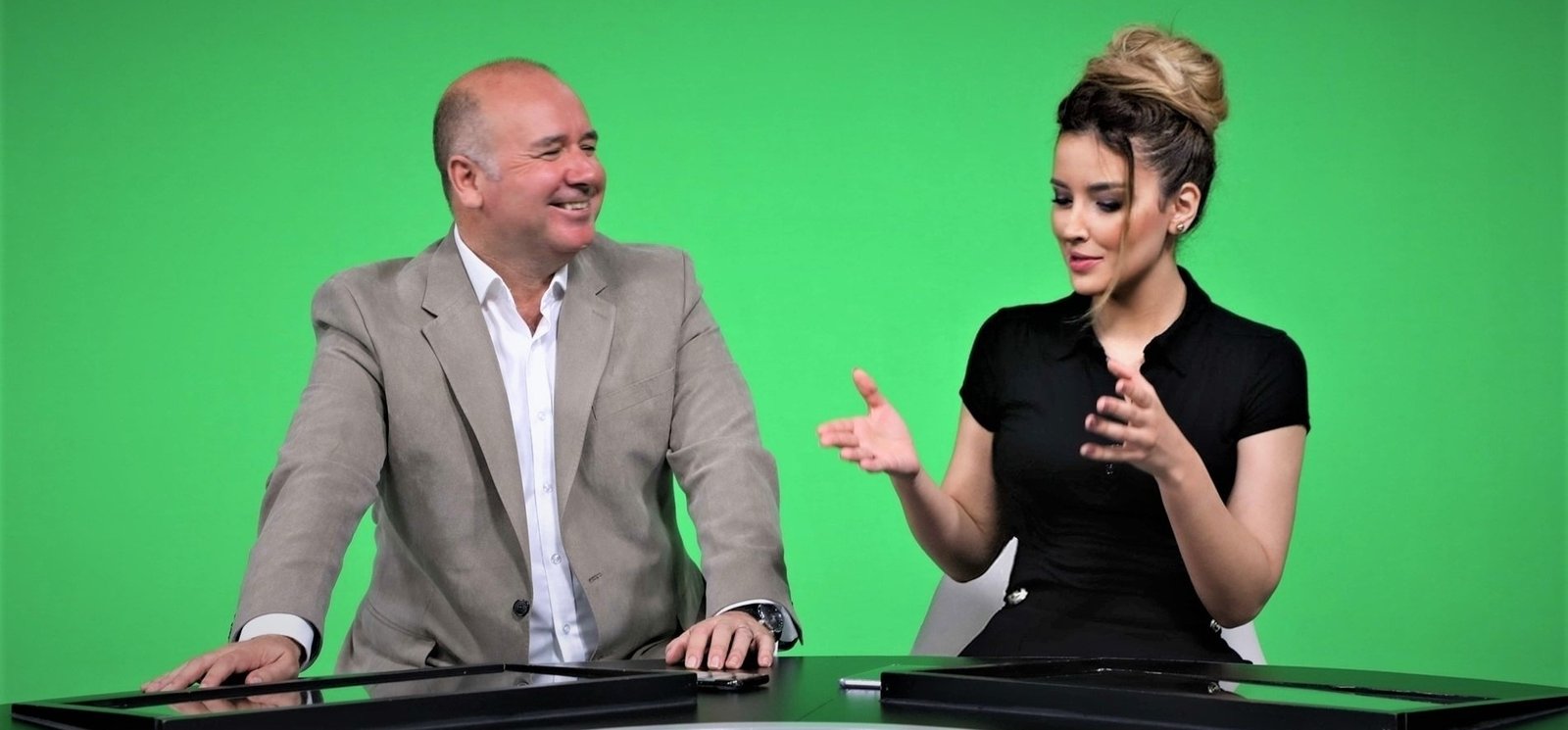Young Entrepreneur Hasnae Taleb is Expecting a “Global Financial Crisis by the Q3 of 2020”
While my mom is freaking out about the coronavirus as if it’s the end world, I’ve been paying attention to the effect it has on the economy.
On average, an economic recession happens every 8–10 years. As we all know, the last time it happened was back in 2008. It is now 2020.
Financial experts have been calling for a recession in the last few years, and the coronavirus is the final tipping point.
We are expecting the majority of online businesses to surpass the recession, but in so much regret for many brick and mortar business owners.
Most small businesses cannot survive without cash flow for a month or two, and we are hoping that the best-case scenario for everything to start getting back to normal is AT LEAST 2 months from now and that’s the best-case scenario, while scientists suggest that we might have to stay quarantined until we have a vaccine and that’s over a year from now.
U.S. Private Sector Job Quality Index estimates that 37 million domestic jobs are vulnerable to layoffs, and that’s only in the United States of America.
In other words, it is already too late to prepare for a recession now if you have not done so as we are already in a recession and it is happening globally. This might be much worse than what happened in 2008. In the Great Recession, air travel did not come to a halt, borders were not being closed, we were not talking about quarantines and social distancing.
Instead of being fearful and hoping the government will do something to save you, take the initiative to save yourself. Instead of hoarding toilet papers or “Netflix and popcorn” at home, do yourself a favour by using this time to educate yourself and widen your skill-set, so that you can save yourself and your family from Financial Struggles in the coming months.
It’s good to invest in ourselves in this crisis. Educate ourselves and learn a new skill. Start an online business because eveyrhing is moving towards the online now.
Solidarity is important. Let’s help each other, support each other and push each other to the limit.

Hasnae Taleb is an Entrepreneur, Investor, Stock Trader & Philanthropist with a wealth of experience as a trilingual business professional after her massive success in the NYSE in 2012 for Bonds, Stocks, FOREX, international ventures, and global investments. Throughout her career, she has represented high profile organizations and lead the direction of $multi-million initiatives globally. Currently, she is behind the most prominent hub of media and American TV broadcasting in the Middle East through her media Hollywood trends known for connecting the East to the West through her Hollywood media company for movies, TV shows’ productions and TV broadcasting.






